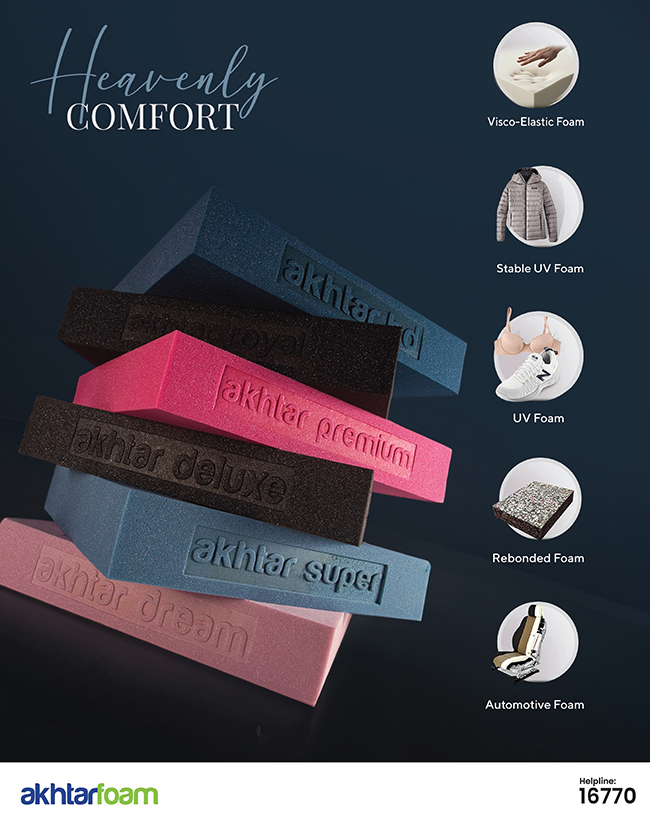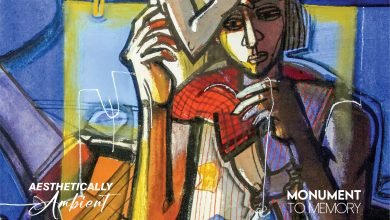Against the backdrop of history, chE Legacy Park now holds a home at the heart of the old academic building at the Bangladesh University of Engineering and Technology (BUET). The uniquely designed communal space was masterminded by Architect Maherul Kader Prince.
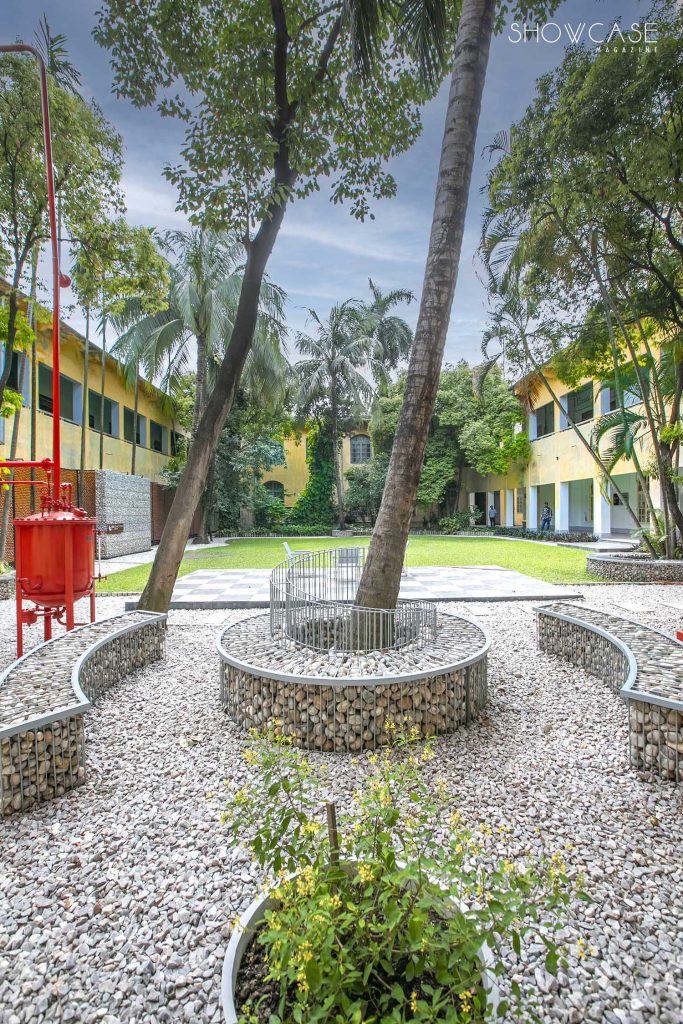
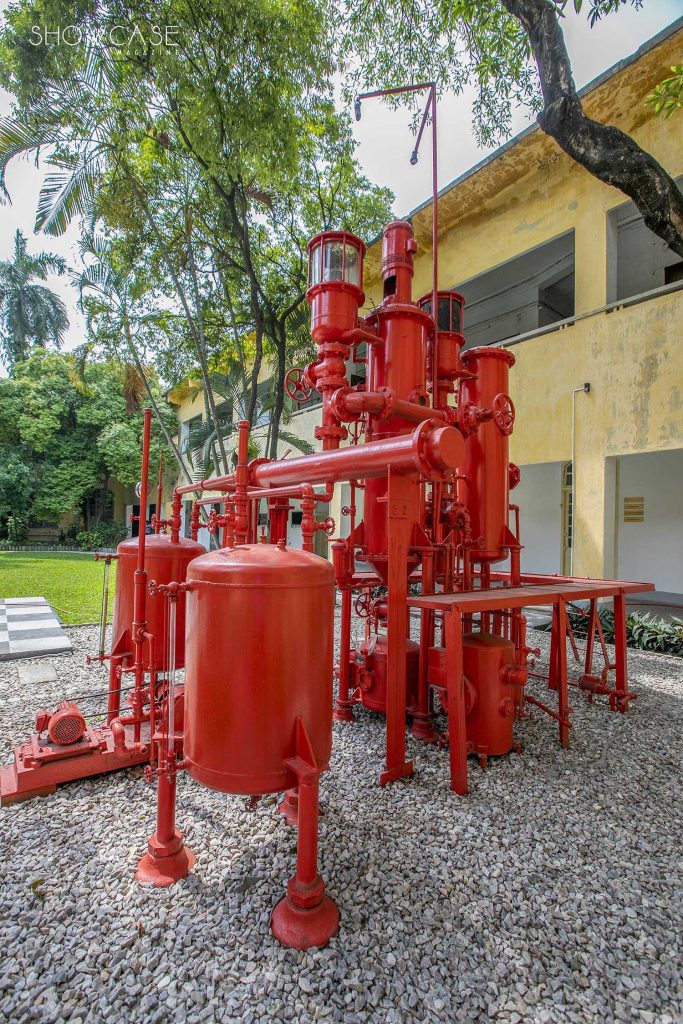
The fragmented renovations began with the intellectual collaborations between the university’s Chemical Engineering Department’s head, Md. Mominur Rahman and Maherul Kader Prince. “Sir and I, began brainstorming quite often and began implementing these ideas bit by bit.”
The BUET alumni explained that a plan to segregate two sides of the chemical engineering department with a wall on one side of this space was the action that snowballed into the park’s conception. Maherul Kader Prince explains, “I bid that rather than creating a wall, why not reuse leftover steel already at hand and create a fence so that people on the other side can experience north-facing light, simultaneously creating a barrier.”
The BUET Professor notes that the space is situated beside a corridor that students use to use as a quick exit in a state of exhaustion after having finished classes. The teachers’ room and the department head’s room are also adjacent to the pathway adding another element of psychological segregation between the pupils and their educators. “There was a time when the entirety of BUET had been limited to just this section and had been an integration space for all those affiliated with the university. Historically and contemporarily, to us, courtyards hold heavy emotional significance.
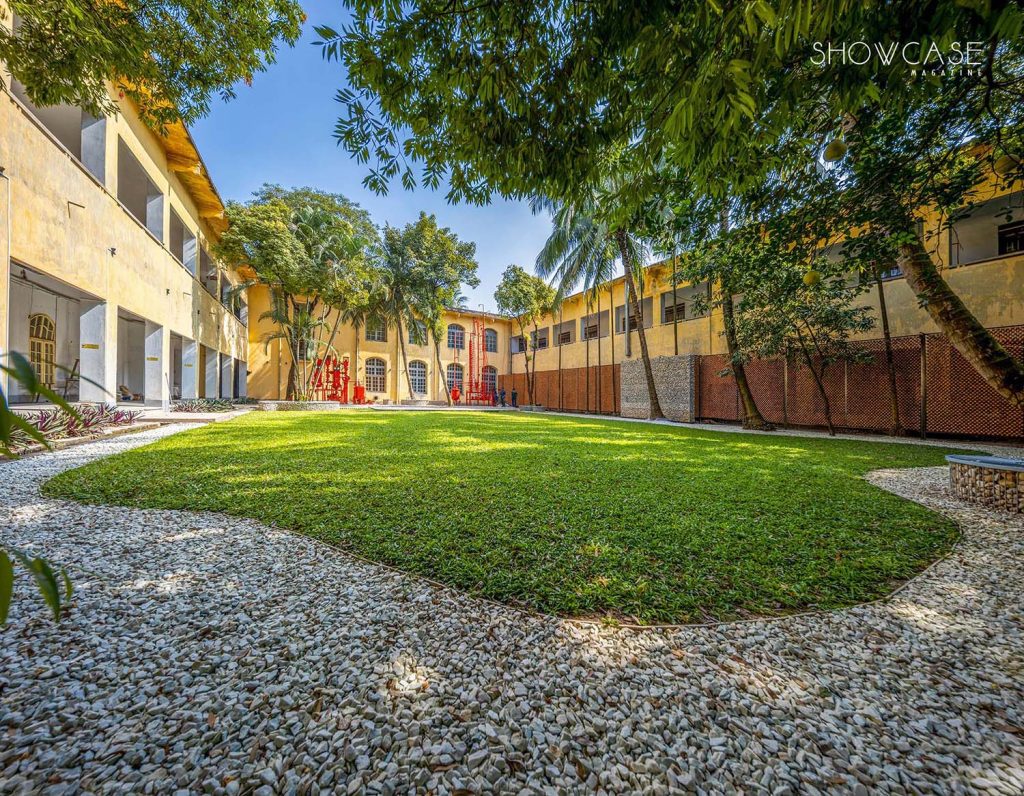
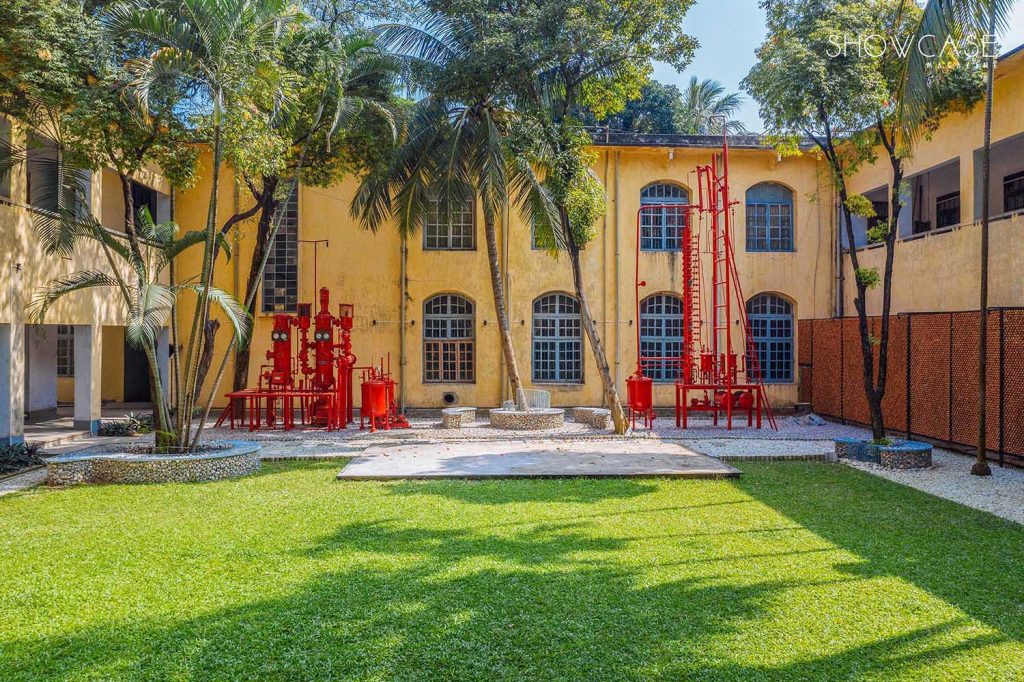
The aim was to holistically interpret this space to give new life to the significant history present in these quarters and renew its link with new lives.”
This renaissance spirit continues into the materials used in the project, with every element aside from the stones and the cups, having been recycled. “The 120×12 ft fence consists entirely of terracotta teacups sourced from Bogura and Dhamrai that were hand-stitched to create a unique texture that provides soothing aesthetic quality simultaneously showcasing indigenous materials and craft. Steel cases filled with stones were used to create seating arrangements.”
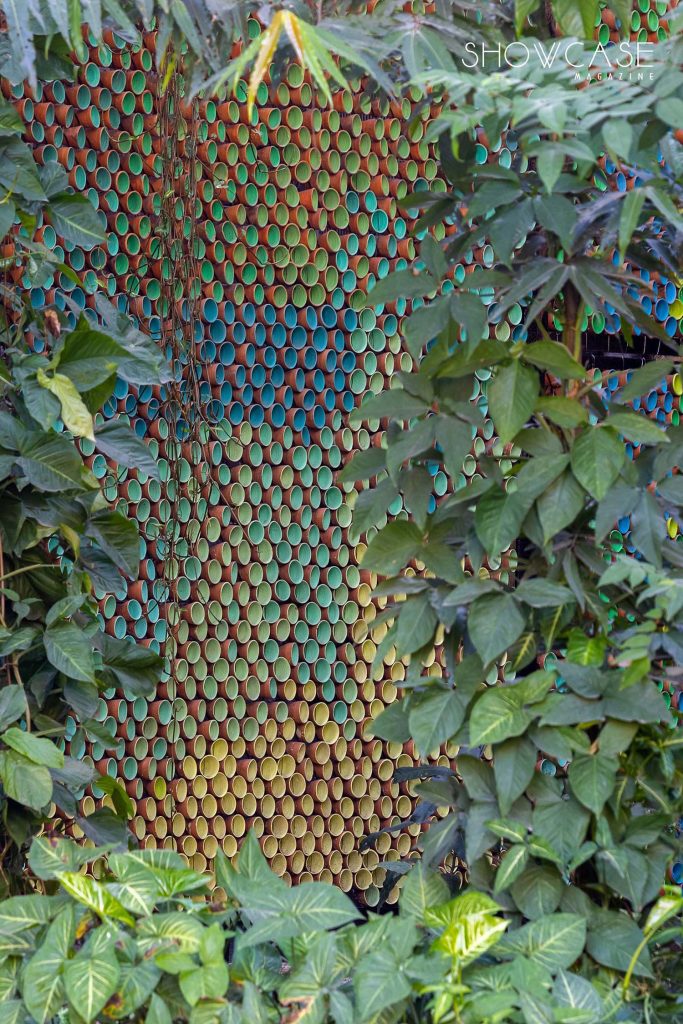
Colonial period industrial machinery is positioned on display in a postmodern interpretation. Maherul Kader Prince states,
“A distillation column and an evaporator were left abandoned at the lab. The machinery itself was grey, inexplicably this somehow made these objects look lifeless. I wanted to give these objects, that had bore witness to so much history, a chance to stand in their glory once more among the living.”
He elaborated that the colour red was settled upon for the machines as the colour retains the psychological trait of inducing energetic stimuli, boosting the energy of any space. Other recycled elements include, drain covers used as stepping stones and discarded testing cylinders used to create borders.
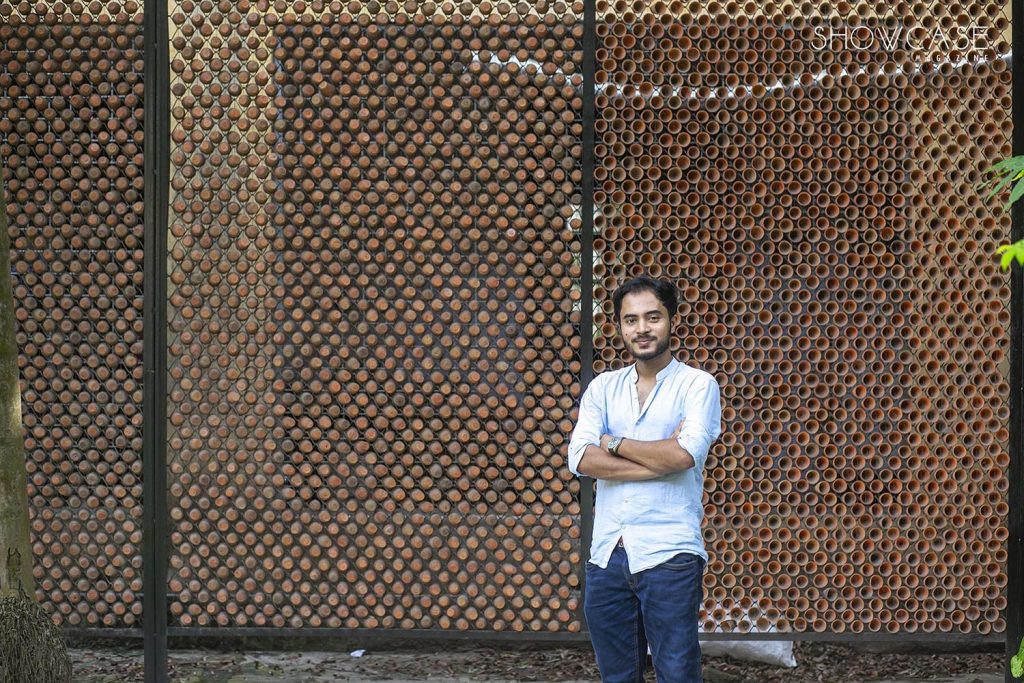
Contemporarily, pupils choose to spend time at the park and engage in multidisciplinary intellectual interactions and group experiences. Such spaces not only enrich the environment through recycling but offer the added benefit of mental incentive, “When we see these things in real life rather than on the internet, it generates excitement among people that ‘I too, can do this.”
Architect profile: Graduated from BUET, currently, Architect Maherul Kader Prince is a Lecturer at BUET’s Architecture Department in the Synergies Division. His fields of interest encompass Experimental Architecture, Vernacular Architecture, Landscape Design and Biodegradable Materials. Post graduating, he developed a greater understanding of the significance and impact of nature through engagement and in-depth discussions with relevant individuals further incentivised his interest in this field. Maherul Kader Prince prefers letting his projects speak for themselves, enjoying the life that it takes on in the imagination of others. He believes in exploring, and learning along the way, which he has incorporated in his professional exploits, that are integrated with nature, resounding consonance.

